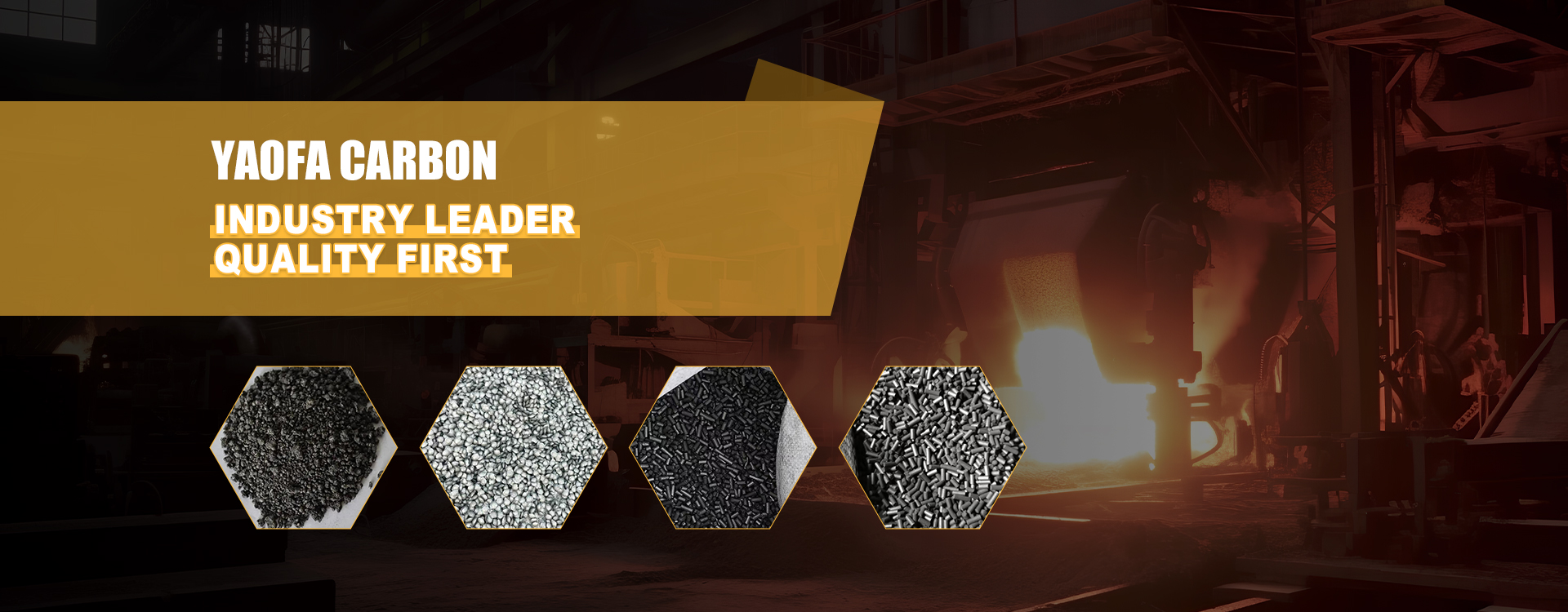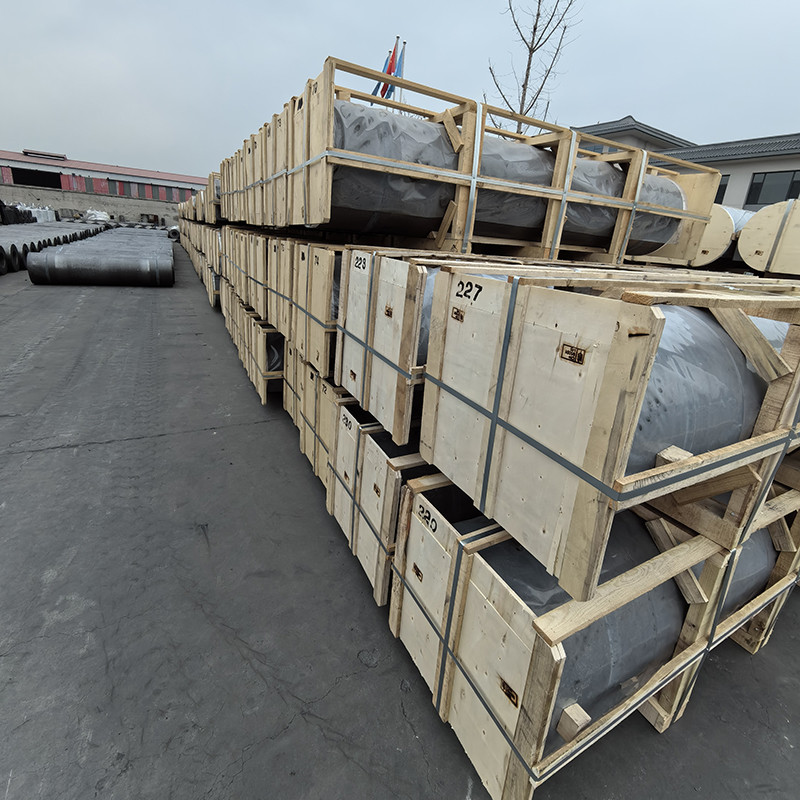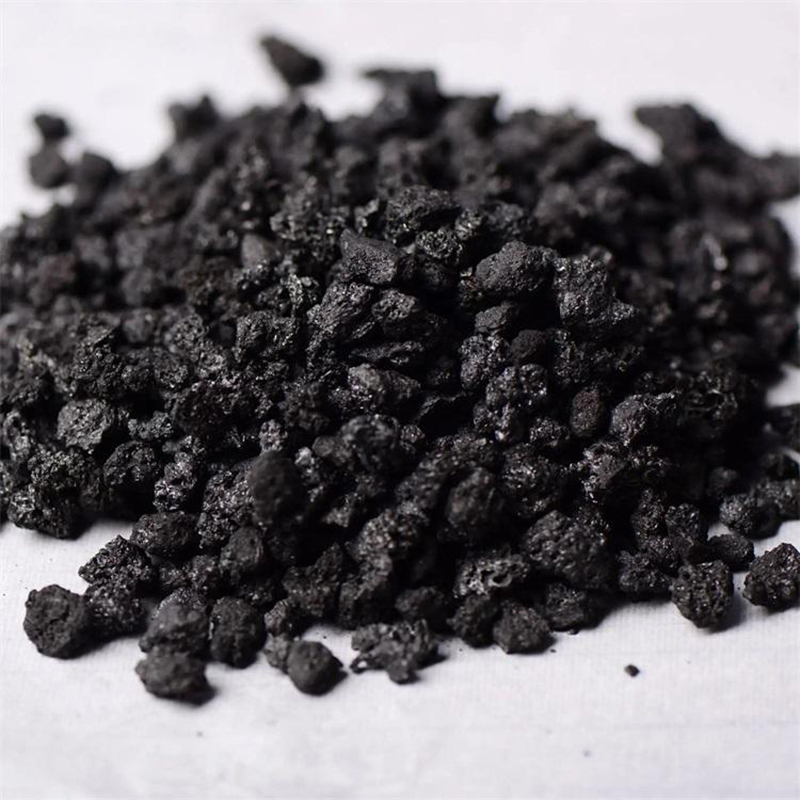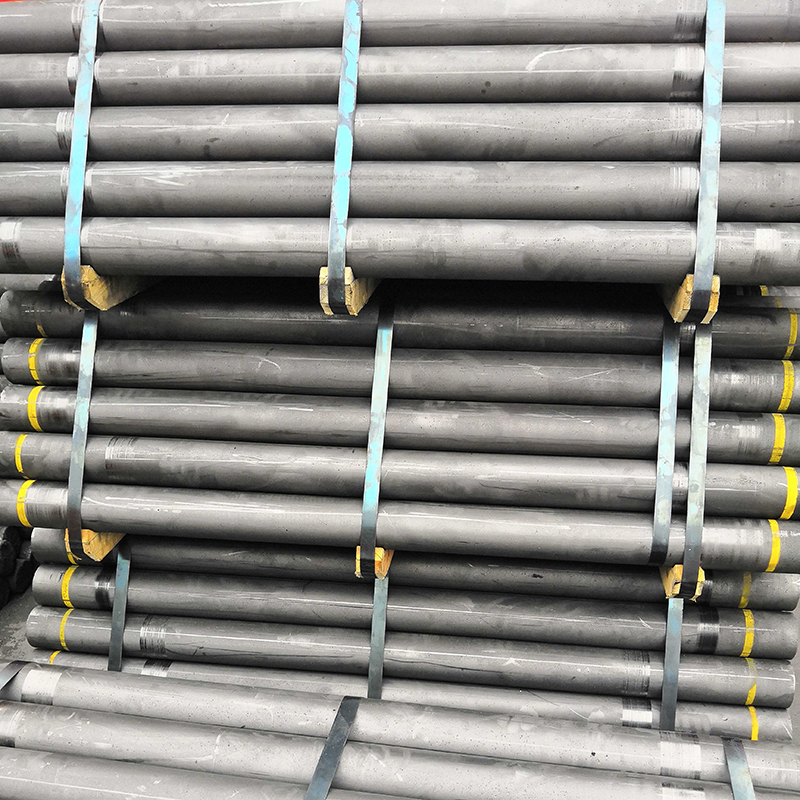- Chinese
- French
- German
- Portuguese
- Spanish
- Russian
- Japanese
- Korean
- Arabic
- Irish
- Greek
- Turkish
- Italian
- Danish
- Romanian
- Indonesian
- Czech
- Afrikaans
- Swedish
- Polish
- Basque
- Catalan
- Esperanto
- Hindi
- Lao
- Albanian
- Amharic
- Armenian
- Azerbaijani
- Belarusian
- Bengali
- Bosnian
- Bulgarian
- Cebuano
- Chichewa
- Corsican
- Croatian
- Dutch
- Estonian
- Filipino
- Finnish
- Frisian
- Galician
- Georgian
- Gujarati
- Haitian
- Hausa
- Hawaiian
- Hebrew
- Hmong
- Hungarian
- Icelandic
- Igbo
- Javanese
- Kannada
- Kazakh
- Khmer
- Kurdish
- Kyrgyz
- Latin
- Latvian
- Lithuanian
- Luxembou..
- Macedonian
- Malagasy
- Malay
- Malayalam
- Maltese
- Maori
- Marathi
- Mongolian
- Burmese
- Nepali
- Norwegian
- Pashto
- Persian
- Punjabi
- Serbian
- Sesotho
- Sinhala
- Slovak
- Slovenian
- Somali
- Samoan
- Scots Gaelic
- Shona
- Sindhi
- Sundanese
- Swahili
- Tajik
- Tamil
- Telugu
- Thai
- Ukrainian
- Urdu
- Uzbek
- Vietnamese
- Welsh
- Xhosa
- Yiddish
- Yoruba
- Zulu
- Kinyarwanda
- Tatar
- Oriya
- Turkmen
- Uyghur

carbon graphite electrode
The Role of Carbon Graphite Electrodes in Modern Industry
Carbon graphite electrodes are the unsung heroes of many industrial processes, and understanding their role can reveal much about their influence in sectors from steel manufacturing to electronics. Let’s explore how this critical component shapes industries worldwide, drawing from personal experiences and industry expertise.
The Basics of Carbon Graphite Electrodes
At first glance, a carbon graphite electrode might seem just like any other industrial tool. However, its significance becomes apparent once you dive deeper into its applications and functionality. These electrodes play a vital part in electric arc furnaces, where their conductivity and heat resistance are crucial for steel production. Precision in their manufacturing impacts not just the efficiency but also the quality of the output.
In my experience visiting several production facilities, the effectiveness of graphite electrodes often hinges on the raw materials and the precision of the manufacturing process. Companies like Hebei Yaofa Carbon Co., Ltd., with over 20 years in the game, have honed their processes. Their website, yaofatansu.com, showcases their capability in creating quality graphite products.
The ability to provide high-quality UHP/HP/RP grade electrodes, like those from Hebei Yaofa, can significantly reduce energy costs and improve the output of electric arc furnaces. The industry demand for efficiency continues to highlight the need for innovation in manufacturing these electrodes.
The Manufacturing Influence
Now, let’s consider the manufacturing intricacies. Developing a carbon graphite electrode isn’t merely about combining carbon and graphite; it’s about the precise fitting of these elements within the electrode to maximize conductivity and durability. During site visits, it’s clear how each phase of production must be meticulously controlled. The carbonization, graphitization, and machining stages each carry their own specific challenges.
The expertise at Hebei Yaofa Carbon Co., Ltd. underscores this. They focus on a seamless integration of processes to ensure that every electrode meets strict industry standards. This is not just a matter of compliance but directly impacts the furnace operations downstream.
Experiencing these processes firsthand, the attention to detail and consistency stands out. It’s one aspect that people outside the industry often underestimate—the level of meticulous control required to produce each electrode efficiently.
Performance and Adaptability
From a user’s point of view, the performance of a carbon graphite electrode can make or break a project. In metal manufacturing, a faulty electrode could spell financial disaster. Stories from operational managers often underscore the need for reliability. They can’t afford downtime, and having a dependable supplier becomes invaluable.
Also, adaptability plays a significant role. The range of grades, like UHP or RP, fits different furnace requirements. It’s not uncommon for a manufacturing facility to test several suppliers before settling on one that consistently meets their needs. This is where Hebei Yaofa's diverse range, found on their website, gives them an edge. Their adaptability to produce a wide array of electrode grades means they can cater to varied industry needs.
From speaking with industry veterans, this adaptability wasn’t always the case. As energy demands shift and new furnace technologies evolve, the ability of companies to adapt their products becomes a true differentiator.
Challenges in Production
In the journey to develop robust carbon graphite electrodes, challenges are numerous. One common issue is the consistency in raw material sourcing. Given the global demand, ensuring a steady supply of quality materials can be tough. Suppliers like Hebei Yaofa employ strategic sourcing and quality checks to mitigate these risks.
Another point is technology integration. The balance between leveraging cutting-edge technology and ensuring cost efficiency is tricky. It’s about marrying traditional craftsmanship with modern technology to optimize performance.
Conversations with plant supervisors often reveal the critical balance they must maintain—innovation versus reliability. Most prefer a slow, steady advancement in techniques rather than embracing groundbreaking changes that might introduce new, unforeseen risks.
The Future of Graphite Electrodes
Looking ahead, the future of carbon graphite electrodes seems promising yet challenging. As industries push for greener solutions, the demand for efficient electrode manufacturing will only grow. The challenge lies in maintaining efficiency while reducing the carbon footprint.
Manufacturers will need to innovate continually. With advances in technology, areas such as AI and machine learning might play a more significant role in predictive maintenance and process optimization. Companies like Hebei Yaofa, given their depth of experience and operational scale, are well-positioned for these future demands.
Ultimately, the journey of understanding and optimizing graphite electrode production is ongoing. Whether you’re a seasoned industry expert or new to the field, the dynamic nature of this industry offers insights and challenges worth exploring. As we continue to innovate and adapt, companies like Hebei Yaofa are likely to be at the forefront, driving progress in this vital industrial sector.
Related products
Related products













